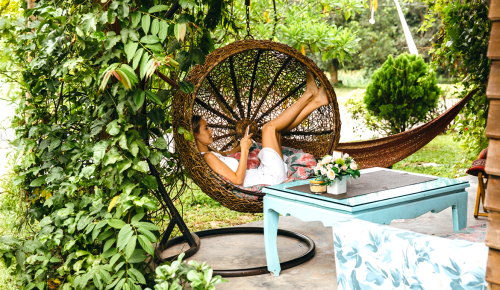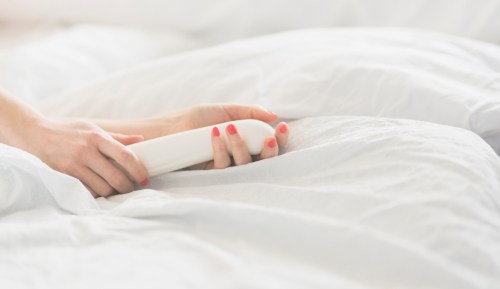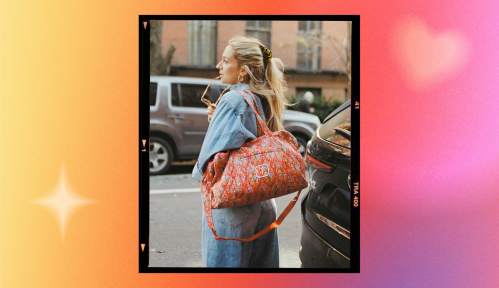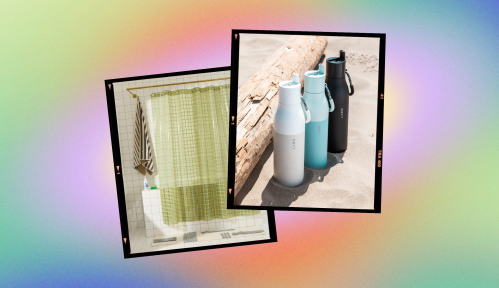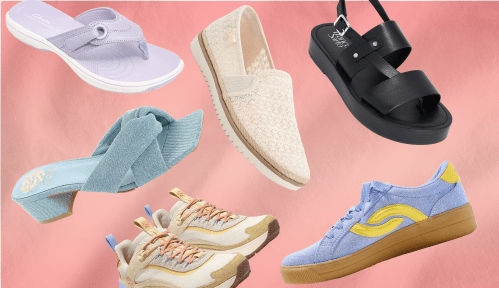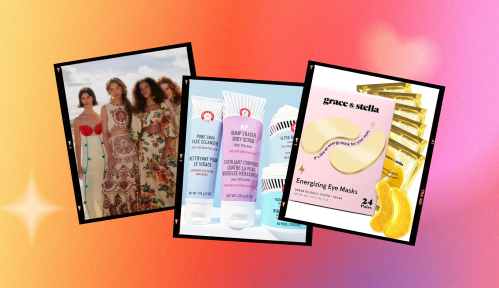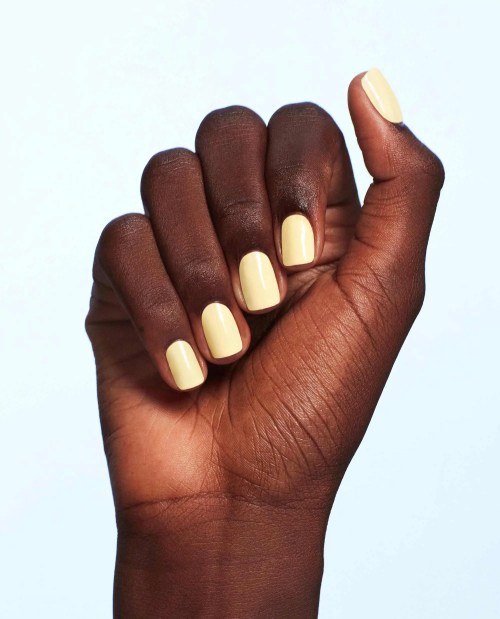Our editors independently select these products. Making a purchase through our links may earn Well+Good a commission
We often think about sex toys as a solo activity—however, that's definitely not always the case. True, a self-care sesh with a quality toy is never a bad idea, especially on Valentine's Day. But even if you're coupled up, there are plenty of ways to play as a pair with tech-forward sex toys from Lovense. The brand specializes in a wide range of vibrators, suction toys, and more, most of which are designed to be used in tandem with your partner's device (thanks to cool Bluetooth technology and an easy-to-use app), even if you're across the country. So, whether you're together IRL or chatting long-distance this February 14, you'll feel closer than ever. Best of all, the Lovense Valentine's Day Sale is already live, so you can score up to 55 percent off on the brand's best sellers in preparation for the big day. Ready to get vibing? Scroll on to learn more about the sale, which runs now through February 16, plus shop the Lovense toys the W+G team has an eye on.
Best Lovense Valentine's Day deals, at a glance:
- Ferri Magnetic Panty Vibrator, $93 (was $199)
- Nora & Max 2 Long-Distance Relationship Sex Toys, $188 (was $398)
- Tenera 2 Clitoral Stimulator, $129 (was $259)
- Lush 3 Bluetooth Egg Vibrator, $119 (was $239)
- Domi 2 Wand Massager, $99 (was $199)
- Osci 2, $79 (was $159)
- Hush 2 Vibrating Butt Blug, $75 (was $159)
Shop the best Lovense Valentine's Day deals
Ferri Magnetic Panty Vibrator—$94
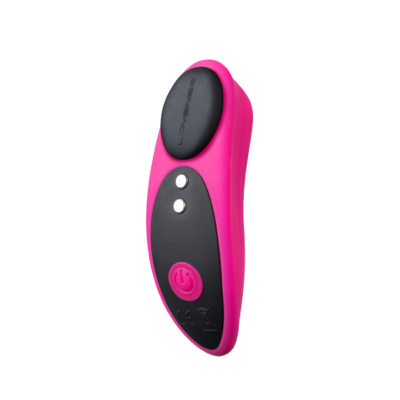
Normally $199
Take 53 percent off this small-but-mighty vibe that clips discreetly into your undies. The ergonomic design and quiet motor offer three intensity levels and seven vibration patterns—all controlled with the Lovense app.
Waterproof: Yes | Vibrations: 3 intensity levels, 7 patterns | Runtime: 3 hours
Nora & Max 2 Long-Distance Relationship Sex Toys—$188
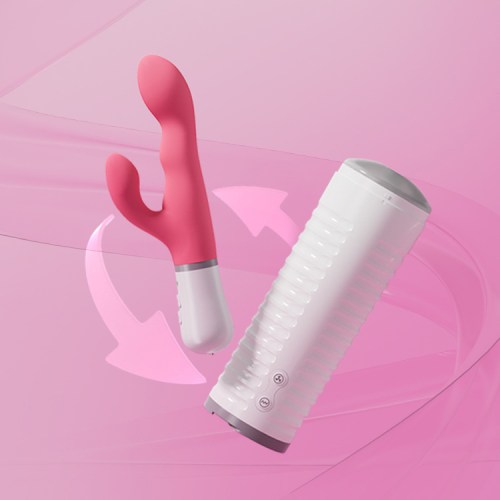
Normally $398
This duo is crazy impressive, especially if you're in a heterosexual LDR. No matter how far apart you are from your boo, you can sync this sleeve masturbator (Max) and rabbit-vibe (Nora) to respond to each other's movements. Each device is made with body-safe materials and comes with an extensive range of vibrations you can control via the Lovense app. Plus, at 53 percent off, bundling these two toys is a real steal.
Waterproof: Nora-yes, Max-no | Vibrations: Customizable with the app or your partners movements | Runtime: Nora-4 hours, Max-1.5 hours
Tenera 2 Clitoral Stimulator—$129
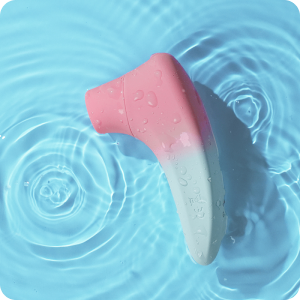
Normally $259
This suction toy is the perfect addition to any collection. The Tenera 2 (now 50 percent off) uses pulses of air and a soft silicone tip to stimulate your clitoris, all while fitting comfortably in the palm of your hand. And, because you can control the vibrations and patterns via the Lovense app, it's another great pick for partners who are spending Valentine's Day apart.
Waterproof: Yes | Vibrations: Unlimited combinations via the app | Runtime: 1.2 hours
Lush 3 Bluetooth Egg Vibrator—$119
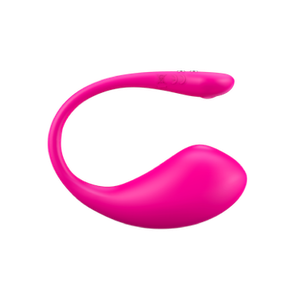
Normally $239
If G-spot vibrators are your thing, snag the Lush 3 while it's 50 percent off. The ergonomic, egg-shaped head is coated in smooth, body-safe silicone for a comfortable fit, while the small tail helps keep the toy in place. As with most Lovense toys, you can take full control of the intensity and vibration patterns in the remote app, or pass off control to a partner—even if you're not in the same room.
Waterproof: Yes | Vibrations: Unlimited combinations via the app | Runtime: 4.5 hours
Domi 2 Wand Massager—$99
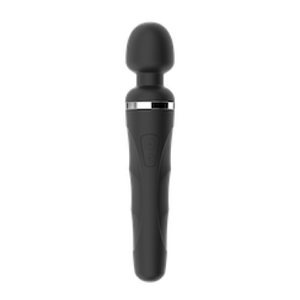
Normally $199
Take 50 percent off this travel-friendly wand vibe. The Domi 2 might look unassuming, but it has a few tricks up its sleeve: For starters, the small size still packs a big punch with rumbly vibrations that can be customized via the Lovense app. But more impressive yet is the fact that Lovense also sells male and female attachments for the Domi 2 to reach P-spot and G-spot pleasure points.
Waterproof: No (water resistant) | Vibrations: Unlimited combinations via the app | Runtime: 6 hours
Osci 2—$79
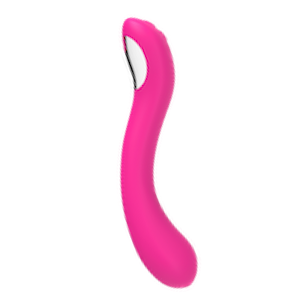
Normally $159
Another G-spot vibe, the Osci 2 features a soft silicone body and an oscillating tip to mimic that tried-and-true "come hither" motion. Toggle between the toy's three speeds and seven vibration patterns, either on the toy itself or via the Lovense app. Best of all, it's currently 50 percent off.
Waterproof: Yes | Vibrations: 3 speeds, 7 patterns | Runtime: 4.5 hours
Hush 2 Vibrating Butt Plug—$75
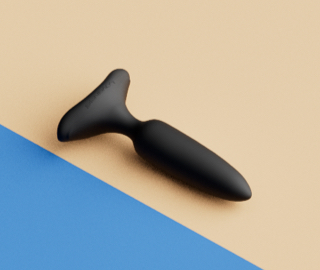
Normally $159
The Hush 2 (currently 53 percent off) is vibrating plug made from soft, body-safe silicone. It comes in four sizes—extra-small, small, medium, and large—to fit all bodies and experience levels, and has a flared base for safety. You or your partner can control the toy's unlimited vibration and intensity combinations via the Lovense app, even from a distance.
Waterproof: Yes | Vibrations: Unlimited combinations via the app | Runtime: 2 hours
Sign up for the Well+Good SHOP Newsletter
Get exclusive deals on wellness, beauty, fitness, and food products that have been hand-picked by our editors.
Got it, you've been added to our email list.
